Fuse is funded for tens of millions and is developing hybrid fusion-fission commercial energy.
They are extending concepts and experiments in pulse power studied at Sandia National Labs. The Sandia Z Machine used currents of about 26 million amps to reach peak X-ray emissions of 350 terawatts and an X-ray output of 2.7 megajoules. It had thousands of experimental firings from 1996 to 2006.
The Fuse startup has already created dozens of modules which will be used in the first terawatt driver unit. The Terawatt Titan driver should be done at the end of this year (2023).
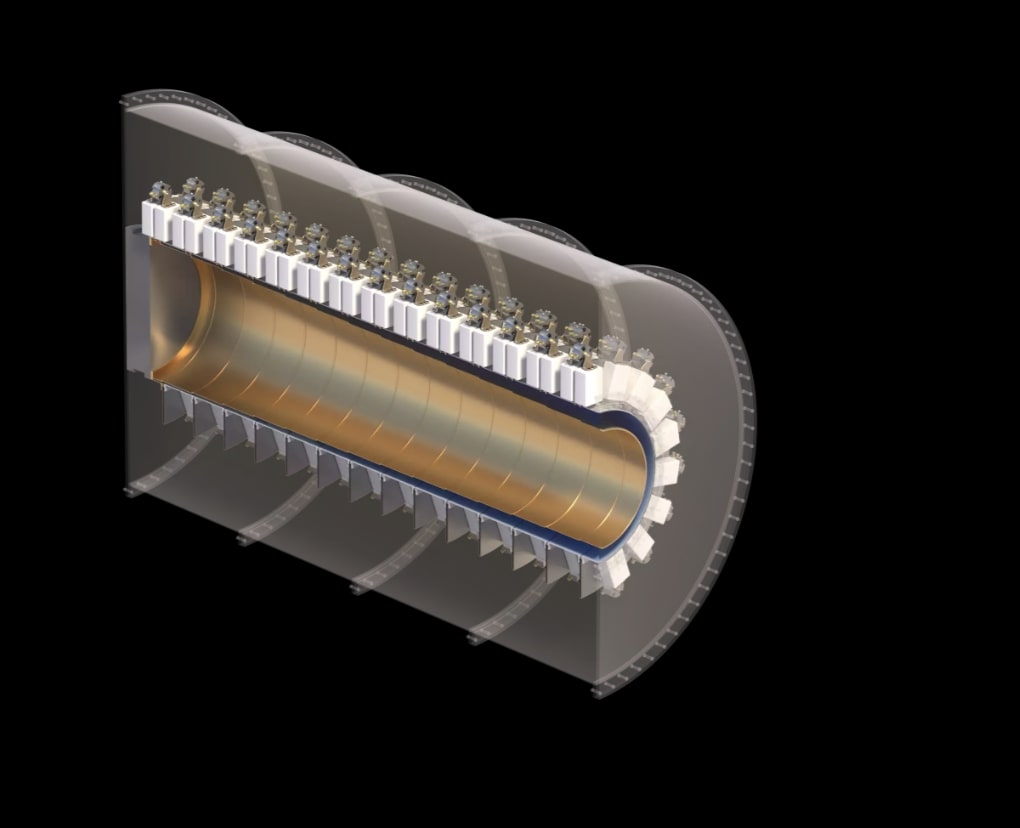
They have made over 5 of rings of the total of about 15 rings of 16 units each. This would be 240 modules. The modules will each handle about 200,000 amps. This will be far less than the millions of amps that each part of the Z machine had to handle. The large amounts of current increased the costs and maintenance of the Z Machine.
The Kleenex box sized modules are the same repeating modules for all of the drivers. This means the system is leveraging mass production of mostly common and repeated units.
The Z machine had 6 stages, but the Fuse devices will have one stage.
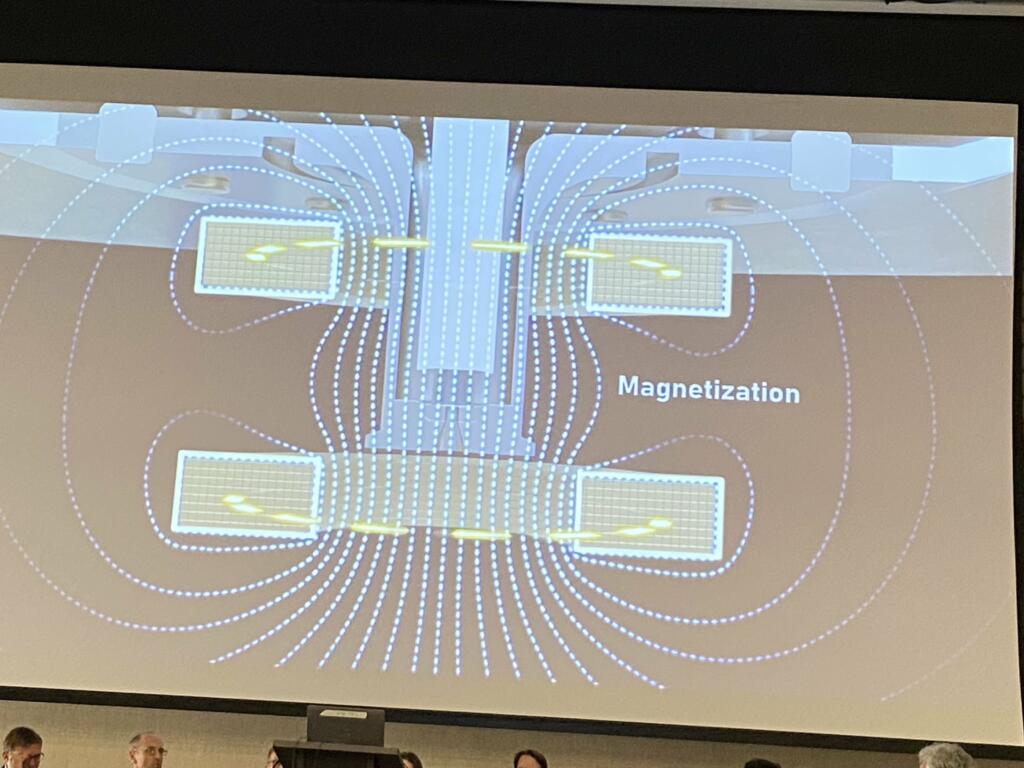


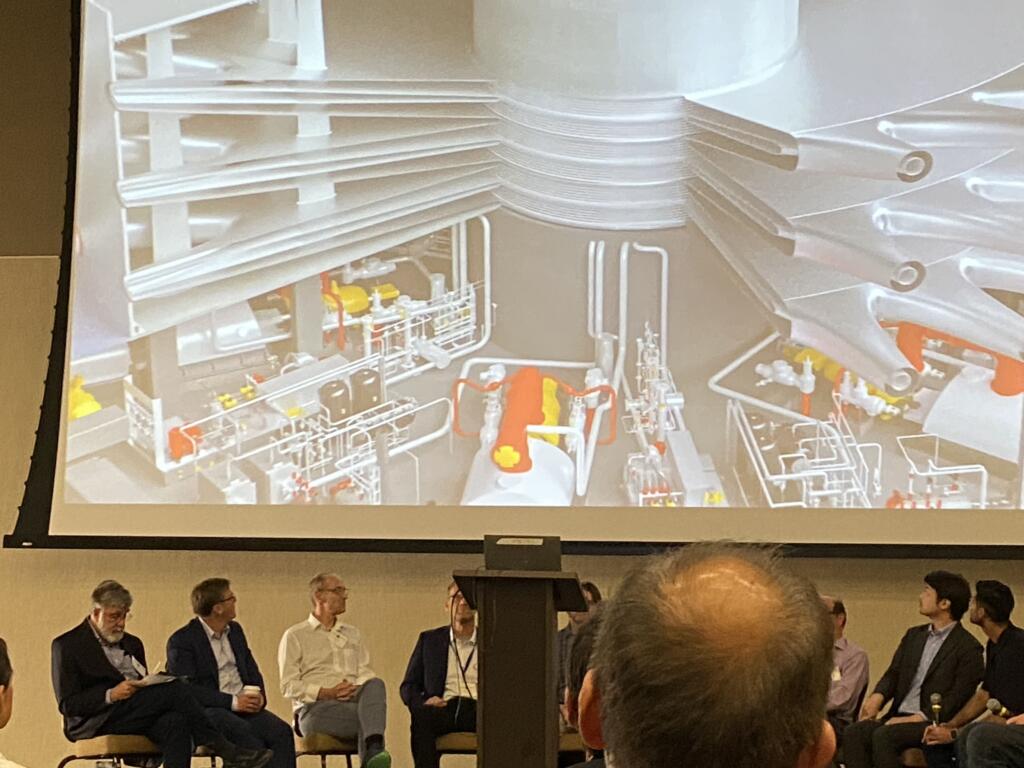
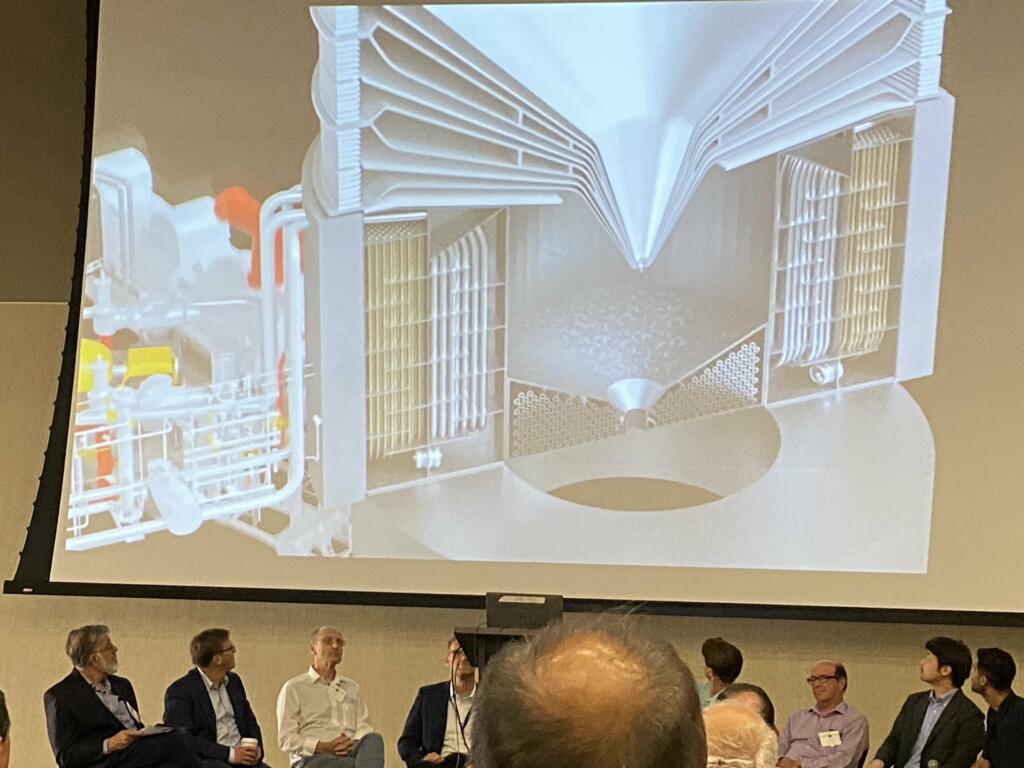
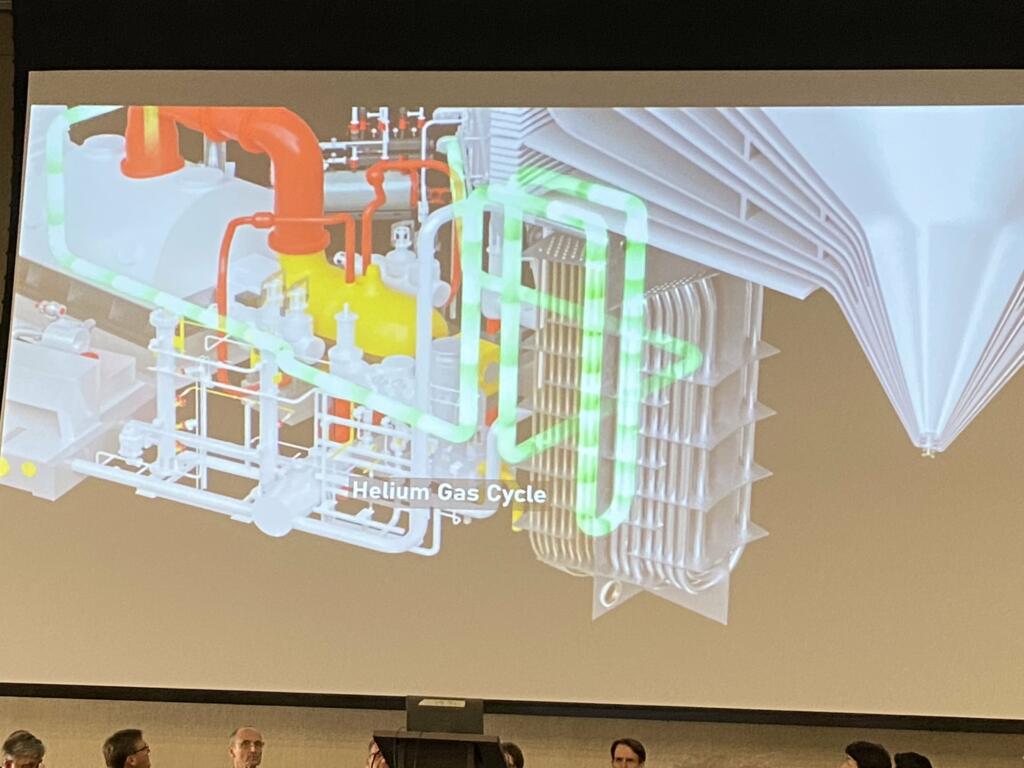



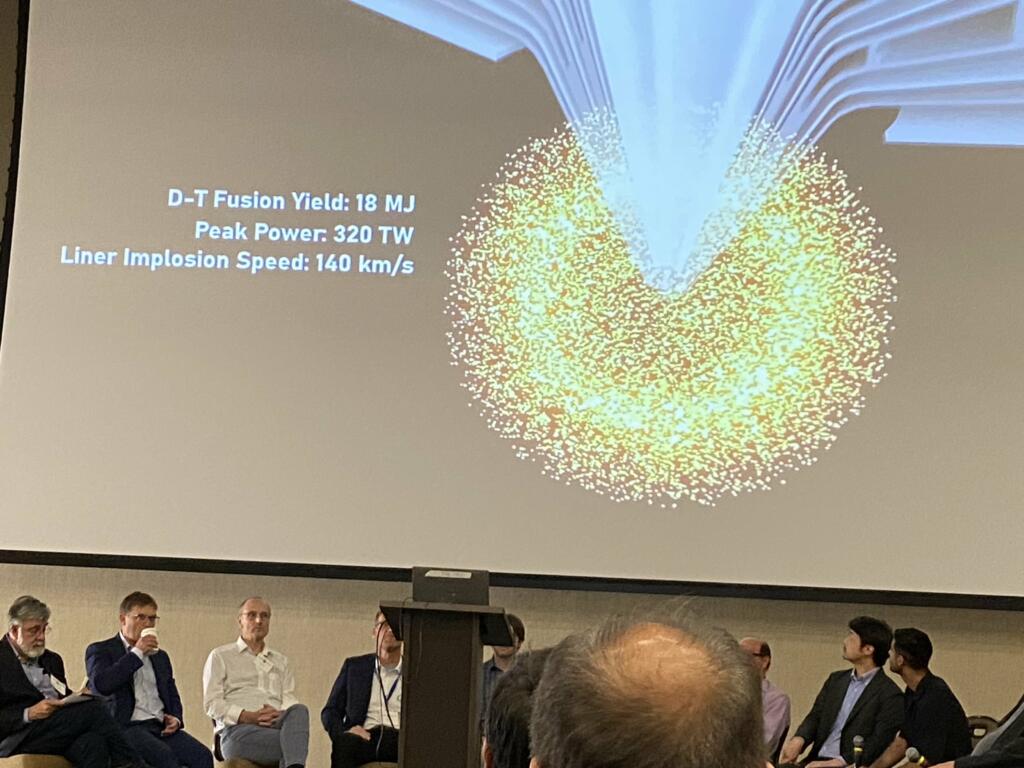
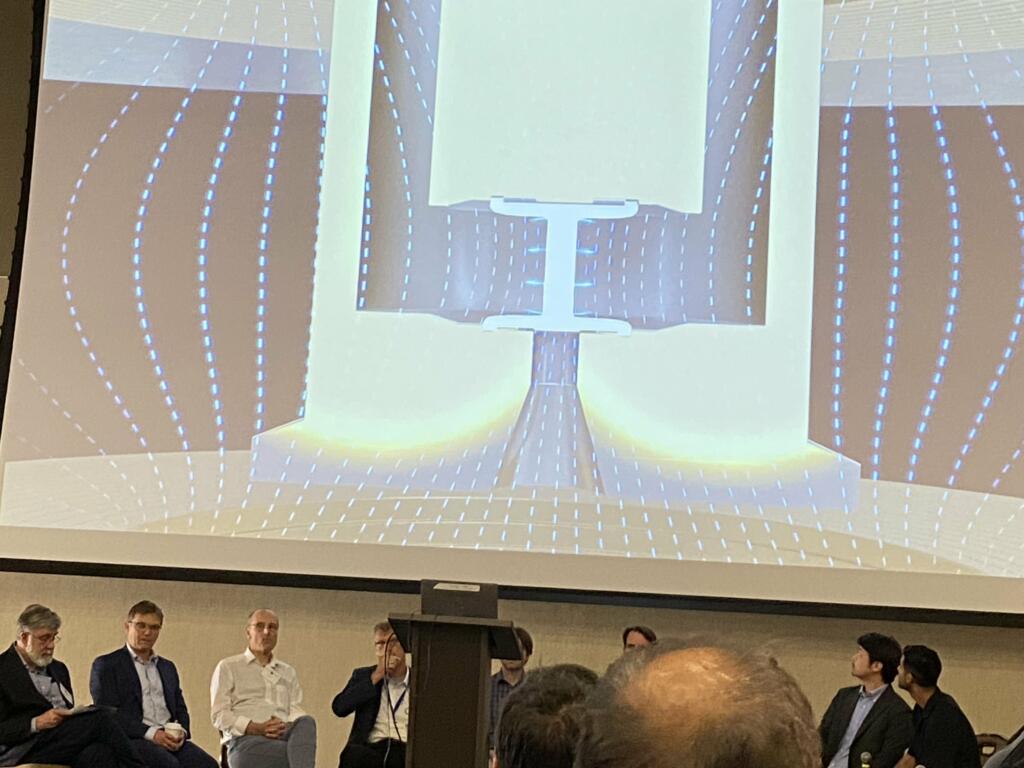
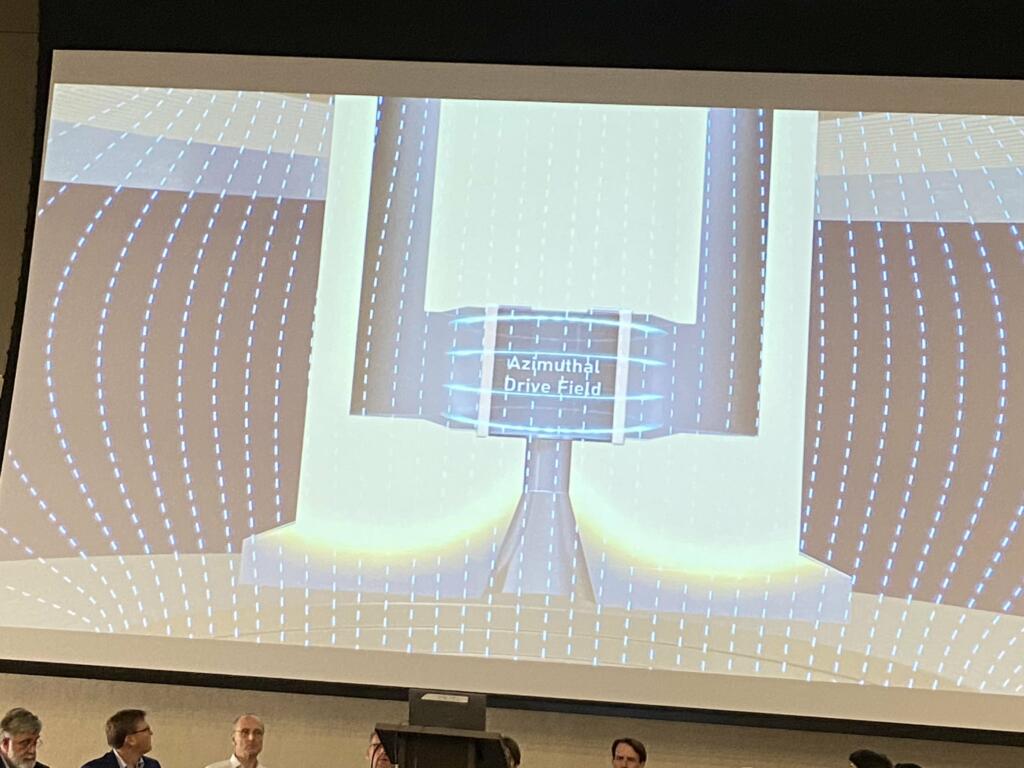

The Fuse design enables about 3600 modules to handle the first ring of drivers for the 15 terawatt Z-star. This will be simply repeating 15 of the Terawatt Titan drivers. This should be completed in 2025.
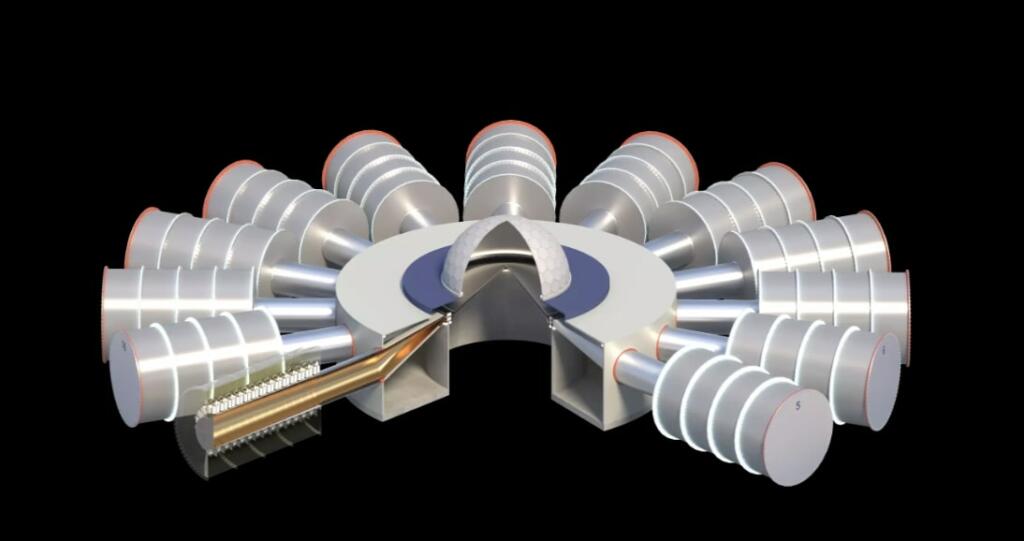
This will then be scaled up to the 350 Terawatt APEIRON-I which will have three rings of more powerful drivers to achieve 18 megajoules per shot. The fusion system will then be generating meaningful fusion and neutrons (10^19 to 10^21 neutrons). Uranium 238 or other fissionable isotopes will then be placed at the reaction area. Sandia research has also found that exposing actinides like Uranium 238 to high amounts of neutrons will decrease the half-life of the actinides. This fission will multiply the fusion power by 100 to 200 times. This will enable a hybrid gigawatt reactor.
This will enable the affordable power of nuclear fission while using up the unburned fuel from existing reactors. Globally there is about 3 million tons of Uranium 238. Currently, reprocessing that waste into fuel requires factories in France and other places that are several times more expensive than regular nuclear fission reactors. The reprocessing process uses energy instead of generating energy.
Fuse will generate power at a competitive cost and use nuclear waste as fuel.

Brian Wang is a Futurist Thought Leader and a popular Science blogger with 1 million readers per month. His blog Nextbigfuture.com is ranked #1 Science News Blog. It covers many disruptive technology and trends including Space, Robotics, Artificial Intelligence, Medicine, Anti-aging Biotechnology, and Nanotechnology.
Known for identifying cutting edge technologies, he is currently a Co-Founder of a startup and fundraiser for high potential early-stage companies. He is the Head of Research for Allocations for deep technology investments and an Angel Investor at Space Angels.
A frequent speaker at corporations, he has been a TEDx speaker, a Singularity University speaker and guest at numerous interviews for radio and podcasts. He is open to public speaking and advising engagements.

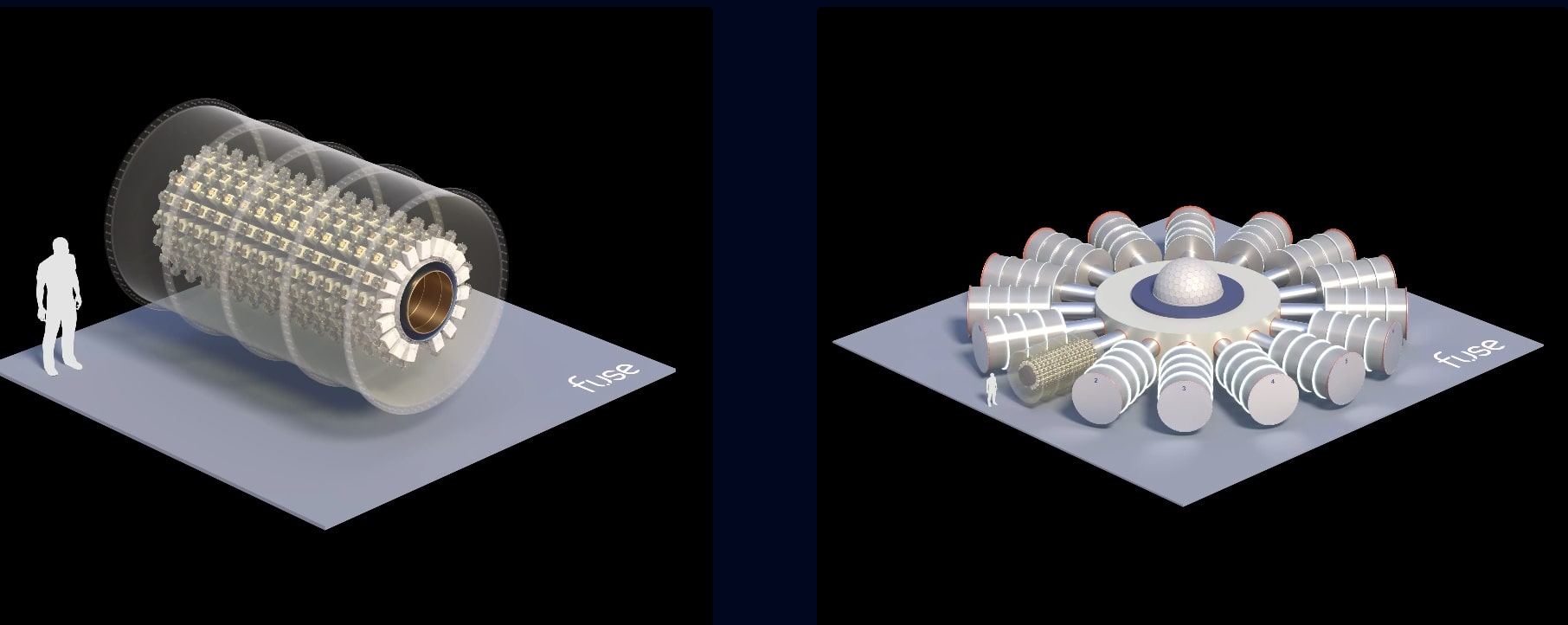
ALARA – as low as reasonably achievable – is a literal blank check opportunity for regulators to increase nuclear plant costs to any arbitrarily high level.
Every technology exposed to these regulations is rendered uneconomic by them.
No amount of technology can fix bad regulations.
As long as the US has ALARA requirements based on blatantly false LNT models that are intentionally upheld for the express purpose of making nuclear energy expensive, nuclear energy will be expensive.
Regulators are not acting in good faith. Technology can’t fix that.
So that’s what happened to Marauder. Interesting that the critical angles haven’t changed since the 90s.
Hi Brian
Cool concept. Has been discussed for decades. Great that it’s finally getting hardware.
Thats a seriously big bit of kit. Its main purpose seems to be disposing of waste rather than generating electricity cheaper than other nuclear methods. And waste isn’t really an issue, you just keep it in an underground cavern.
I totally agree. However, you have to throw the hyperneurotic environmental hypochondriacs a bone in order to prevent them from continuing to force irrational decisions up unto the world.
Great concept. This will save us from runaway/meltdown phenomenon then reduce engineering and regulation cost.